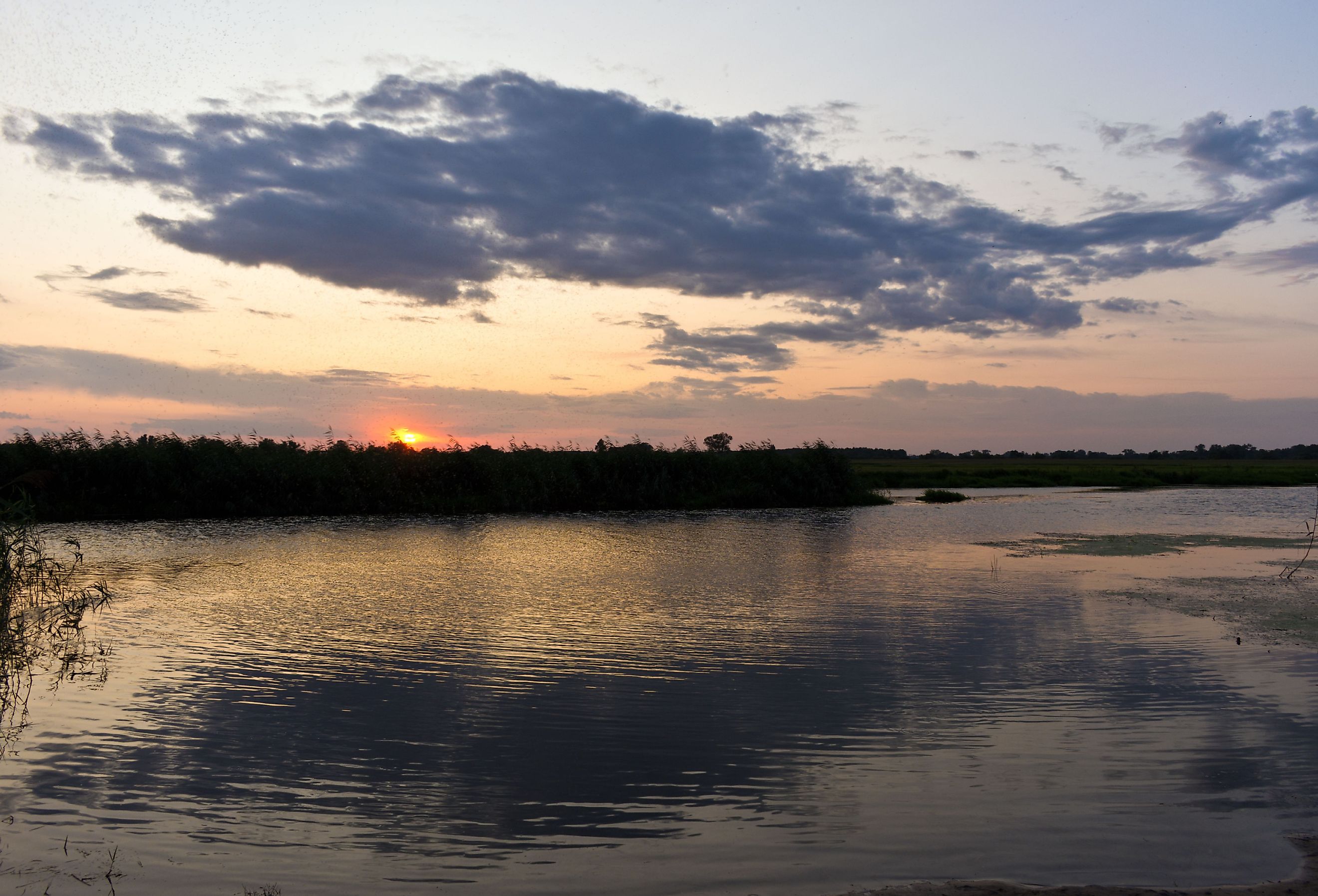
Havel River
The Havel River is a picturesque watercourse that stretches across 213 miles (342 kilometers) in Germany, traversing the states of Mecklenburg-Vorpommern, Brandenburg, and Berlin. Originating from the Mecklenburg Lake District, the river flows through various scenic landscapes, charming villages, and historic cities before eventually merging with the Elbe River near Havelberg. The Havel River has played a crucial role in shaping the region's history, ecology, and culture, providing sustenance, transport, and inspiration for centuries.
The Course of the River
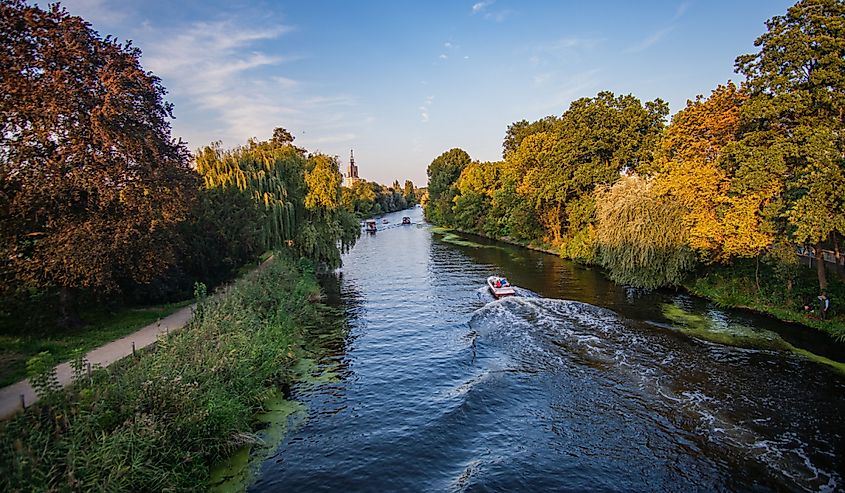
The Havel River's journey begins at the confluence of two small streams in the Mecklenburg Lake District: the Schwarzer Graben and the Elde. From there, the river flows southward through a series of lakes, including the Müritz, the second-largest lake in Germany. Continuing its journey, the Havel passes through the picturesque city of Brandenburg an der Havel, the river's namesake.
The river then meanders through the picturesque landscapes of the Havelland region, dotted with numerous lakes and nature reserves. It flows through the bustling German capital of Berlin, where it forms a series of lakes, including the Tegeler See (Lake Tegel) and the Großer Wannsee. Finally, the river joins the Elbe River near Havelberg, marking the end of its scenic course.
History
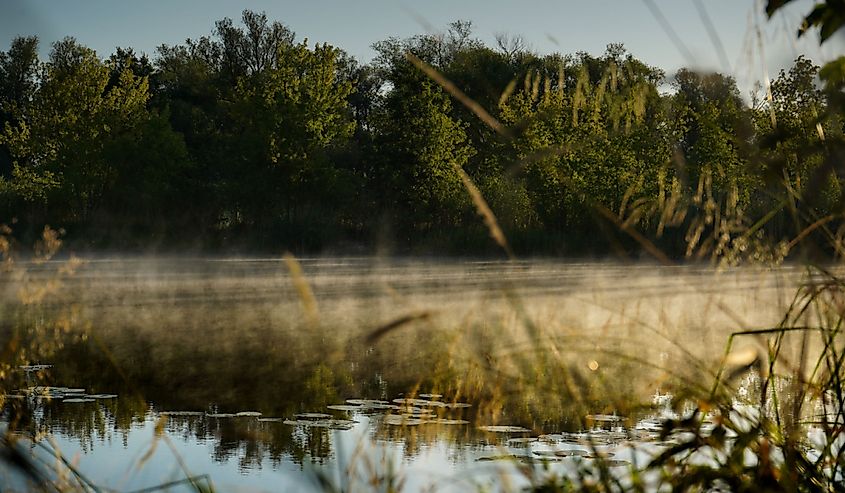
The Havel River has a rich and storied history that stretches back thousands of years. Archaeological evidence suggests that the river and its surrounding areas were inhabited as far back as the Neolithic period. Due to its strategic location, the Havel River played a crucial role in the formation of early Germanic states.
In the Middle Ages, the river facilitated trade and transport between the cities and towns along its banks. The construction of castles and fortifications, such as the Spandau Citadel in Berlin, served as a testament to the river's strategic importance. The Havel River also played a significant role in the development of Berlin, as the city grew around its confluence with the Spree River.
During the Cold War, the Havel River marked a portion of the border between East and West Germany. The river became a symbol of division as well as unity, as it served as a natural barrier between the two conflicting ideologies. After the reunification of Germany, the Havel River reemerged as a symbol of unity and togetherness for the German people.
Climate
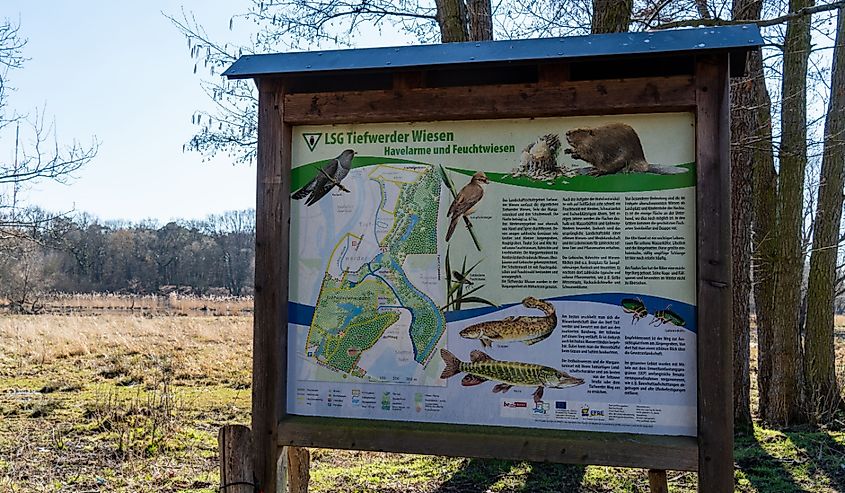
The climate surrounding the Havel River is classified as temperate oceanic, characterized by mild winters and moderately warm summers. The region experiences a relatively high amount of rainfall, with precipitation spread evenly throughout the year. Due to the river's geographic location, the climate can vary along its course, with the northern regions experiencing cooler temperatures and the southern regions having slightly warmer weather.
The Havel River's climate fosters a diverse ecosystem, supporting various plant and animal species. The temperate conditions along the river allow for lush vegetation and dense forests, particularly in the Havelland region.
Wildlife
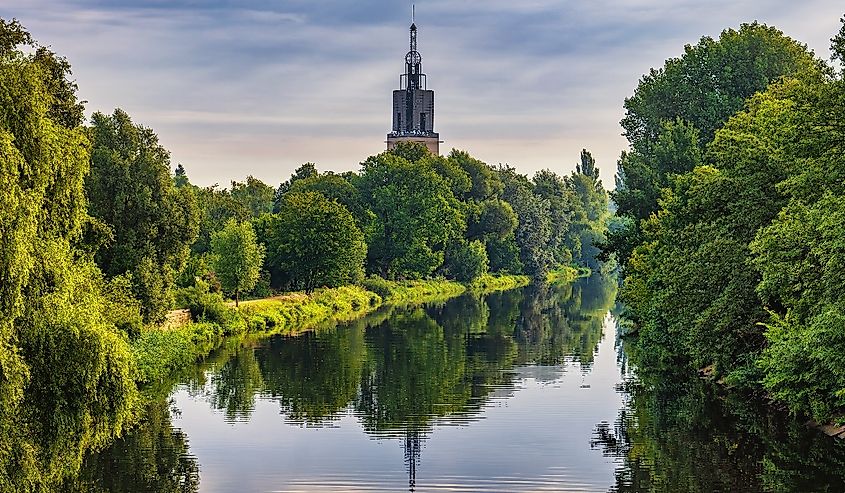
The Havel River and its surrounding areas are home to a diverse array of plant and animal species. The river's banks and wetlands serve as important habitats for various birds, including the white-tailed eagle, osprey, and the endangered European bittern. The river's numerous lakes, marshes, and floodplains support thriving fish populations, including pike, perch, and zander.
The dense forests surrounding the Havel River provide shelter for a variety of mammals, such as deer, wild boar, and European beaver. Additionally, the region is home to numerous amphibians and reptiles, including the European tree frog, the common spadefoot toad, and the grass snake.
The river's diverse ecosystem is protected through various nature reserves and parks, such as the Westhavelland Nature Park and the Stechlin-Ruppiner Land Nature Park. These protected areas aim to conserve natural habitats and wildlife populations while promoting sustainable ecotourism.
Recreation and Tourism
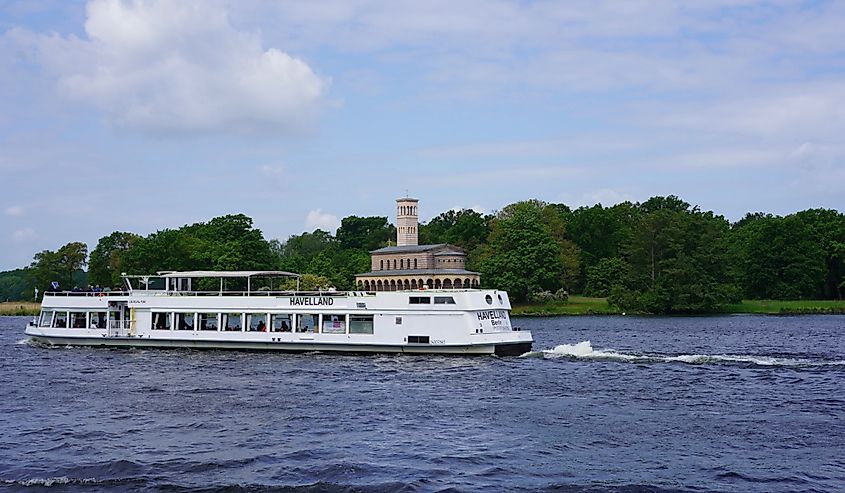
The Havel River's breathtaking landscapes and rich history make it a popular destination for both domestic and international tourists. The river offers various recreational opportunities, including boating, canoeing, and fishing. The Havel River's extensive network of navigable waterways and numerous marinas make it particularly appealing for boating enthusiasts.
Along the river's course, visitors can explore historic cities and towns, such as Brandenburg an der Havel and Potsdam, which boast well-preserved architecture and cultural landmarks. The city of Potsdam is particularly famous for its stunning palaces and gardens, such as the Sanssouci Palace and the Babelsberg Park.
Nature lovers can enjoy hiking and cycling through the picturesque countryside, with numerous well-marked trails that offer panoramic views of the river and its surrounding landscapes. Birdwatching is also a popular activity, particularly in the Westhavelland Nature Park, which is a designated Dark Sky Reserve and an ideal location for stargazing.
Conclusion
The Havel River, with its meandering course through diverse landscapes and historic cities, is a testament to the rich tapestry of Germany's natural beauty, history, and culture. From its humble beginnings in the Mecklenburg Lake District to its confluence with the Elbe River, the Havel has played a vital role in shaping the region's ecological and historical identity. Today, the river continues to captivate locals and visitors alike, offering a wealth of recreational, educational, and inspirational experiences for all to enjoy.











